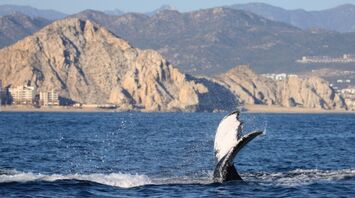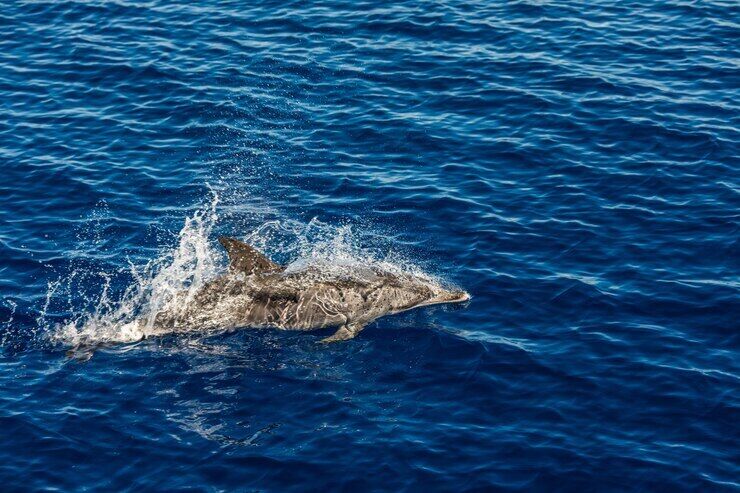The four best places for whale watching in the United States have been named

Whale watching is a popular pastime and a great excuse to get outdoors, but not everyone knows the best places and times of year to see the largest mammals on Earth.
Here's a quick guide to some of the best places in the United States to see these magnificent creatures, according to Ecowatch.com.

San Juan Islands, Washington
The state of Washington - and the entire West Coast - has ample whale-watching opportunities. In particular, the San Juan Islands off the coast of Washington are a great place to look for killer, humpback, gray, and minke whales. The best time to do this is in the summer months.
The picturesque archipelago is on the Whale Watch Trail, a series of more than 100 locations with resources for observing whales and other marine life - such as seals, sea lions, seabirds, and porpoises - from the coast of British Columbia to Southern California.
Seward, Alaska
Alaska is one of the best places in the world to observe wildlife, including whales. Each year, more than 22,000 gray whales travel the longest mammalian migration route in the world - an estimated 10,000 to 14,000 miles round trip - from Baja, Mexico, north to where they feed in the Chukchi and Bering Seas.
Gray whales migrate during the months from late February to May and usually stay off the coast, making them easy to spot - non-invasively - from shore.
During the warmer months of May through August, you may also see humpback whales near Seward as they return from their winter Hawaiian feeding grounds.
Maui, Hawaii
Humpback whale populations migrate through different routes. Hawaii's population of Kohala humpback whales, or the Central North Pacific population, travels back and forth from the Hawaiian Islands and Alaska.
Winter migration brings these gentle whales to Hawaii and the North Pacific from November to May each year, when more than 12,000 humpbacks swim to warmer waters to breed.
Bar Harbor, Maine
The picturesque town of Bar Harbor, Maine, on Mount Desert Island, is known as the gateway to Acadia National Park with its mountains, craggy cliffs, white sand beaches, and sea views. Some of the wildlife that lives in Acadia National Park includes bobcats, elk, porcupines, owls, beavers, and American black bears.
This area, located along Frenchman Bay, offers excellent wildlife and whale-watching opportunities. The shoreline trail starts at the city pier and winds along the bay with views of the area's islands.
The best time to see humpback, minke, and fin whales in the Bar Harbor area is from April to October when whales come to feed on krill, squid, and fish in the Gulf of Maine.



















